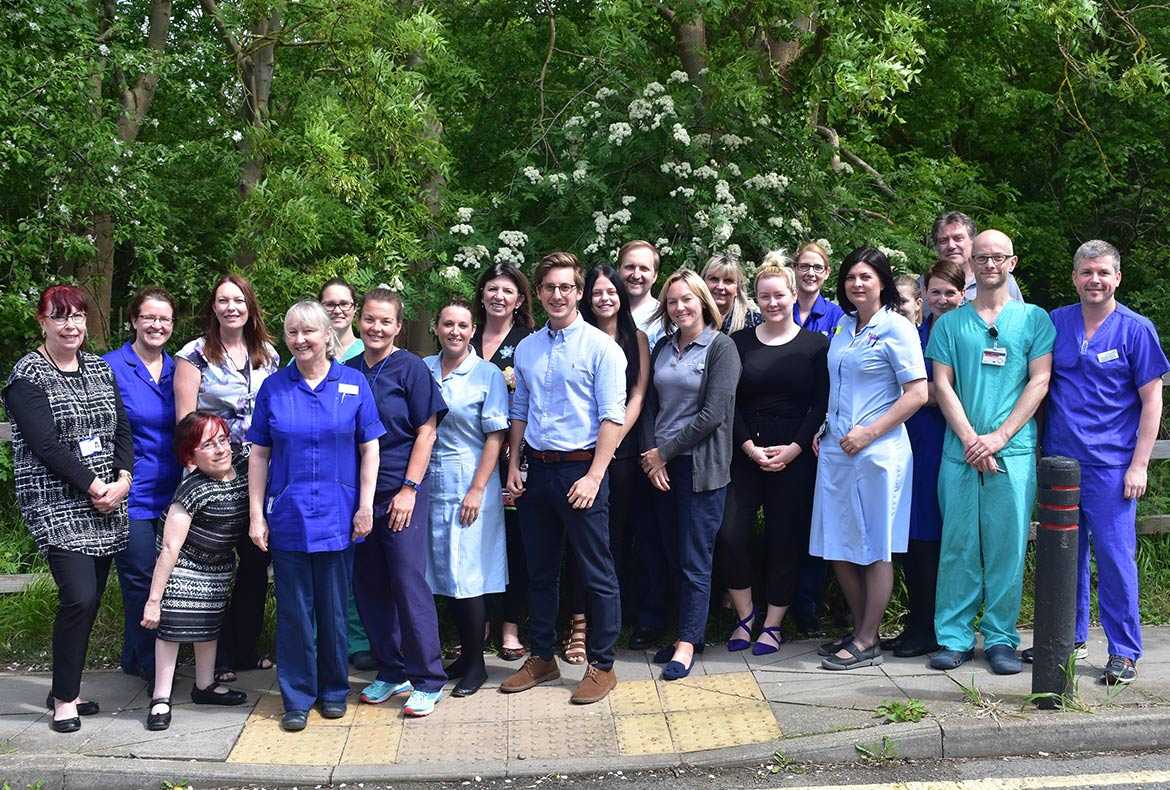A team of surgeons at the hospital in Cambridge spent more than a decade tirelessly working on procedures to enable a landmark operation to transplant a non-beating heart.
Doctors said the recipient, Huseyin Ulucan, 60, from London, made a “remarkable" recovery, spending only four days in the hospital’s critical care unit following the transplant in February 2015.
It followed the initial breakthrough in 2006, when consultant surgeon Stephen Large discovered he could jump-start a heart shortly after death by forcing blood to flow back through it, and that the heart still produced enough energy to be used in a clinical transplant.
Before this game-changing discovery, hearts used in transplant operations only came from donors who are declared brain-stem dead, but still have blood pumping around their bodies.
With 40% of families saying no to organ donation when their loved one dies of brain death, that meant fewer than half of the 250 people a year in need of heart transplants in the UK would find a viable donor in time.
In an attempt to bridge that widening gap, Mr Large, along with fellow surgeon Steven Tsui, led an extensive research programme at the Royal Papworth Hospital to prove that the non-beating heart transplant - known as DCD - could be successful.
Since that landmark first case in 2015, the team have carried out 43 such transplants in the UK, increasing the number of heart transplants performed at Papworth by a third to more than 100 a year.
The team’s work means that far more hearts can be used to save patients’ lives, with this group of donor hearts potentially increasing heart transplantation by up to 25 per cent in the UK alone.
The hope is that the programme is rolled out nationally - and globally - transforming the lives of tens of thousands of people across the world.
“It’s an extraordinary gift revolutionising the expectancy and the quality of life of patients who are crippled by heart failure,” Mr Large says.
Mr Tsui adds: “One important thing to consider is that none of this would be possible without the generosity of the donor and their families. For us to be able to develop this technique and honour their wishes is very gratifying.”
https://www.nhs-heroes.co.uk/winners-2018/the-royal-papworth-hospital-team-pioneering-hero-award#sigProIdc73865f773


